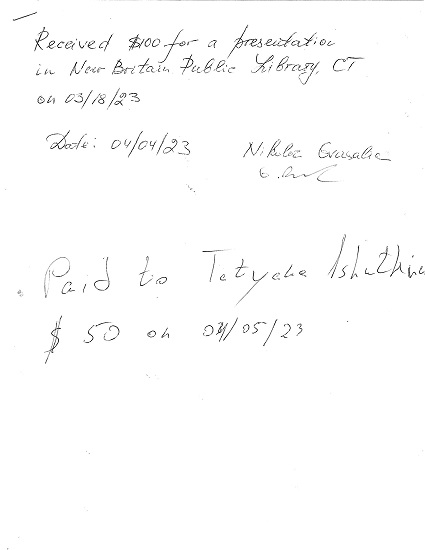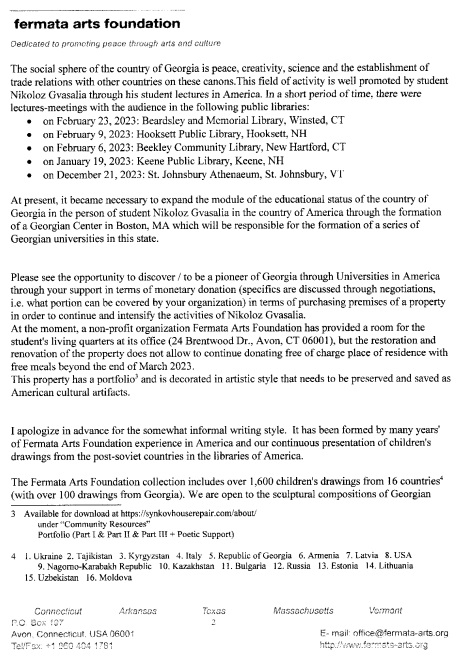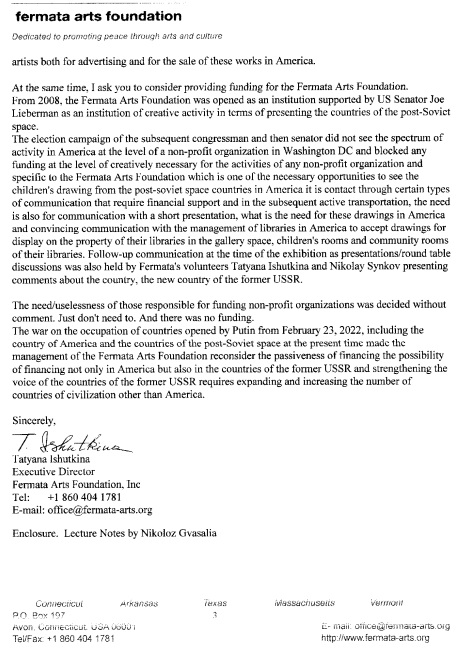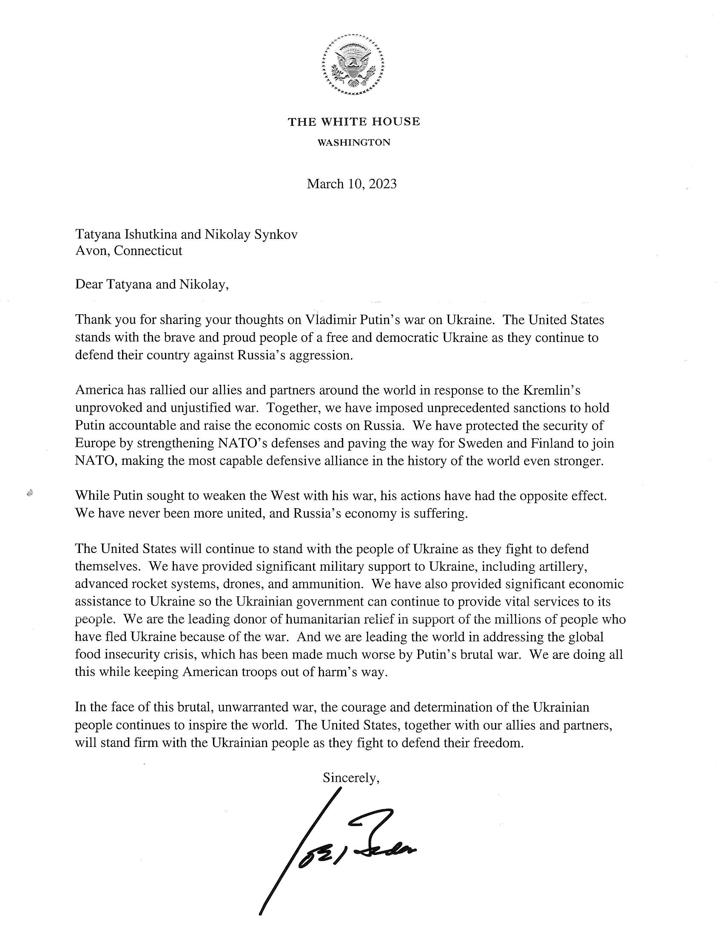The name “Georgia” is assumed to be derived from the Greek word georgos, which means land in English.
Ancient sources confirm that agrarian culture has been relevant in Georgia since time immemorial, of course, partly thanks to the fertile land, but it is worth noting the level of development of ancient Georgian metallurgy, which allowed the population to work more productively. Along with the general discussion, it is worth noting the important role of vines in Georgian culture. Vineyard is a symbol of life for Georgians. And the nectar of the grapes is the blood of Christ, which must not be wasted under any circumstances. It is thanks to Georgian farmers and winemakers that Georgian culture has been mummified and reached us. Even during the invasion of the merciless enemy, Georgians still managed to harvest the holy fruits. Perhaps it is not surprising that there are about 500 grape varieties in Georgia, it is Georgia that is considered the homeland of wine because traces of ancient wine production have been found here, which is 8000 years old.
National Georgian Ballet is an integral part of Georgian culture. However, it has nothing to do with ballet you know. In Georgian ballet, the main movements are based on the old fighting style, and the style of dances, and directly conveys the history of Georgian fighting ability. Along with battle scenes, Georgian national dances also include wedding dances. This dance is called Georgian and it represents two couples in love. During the dance, the woman expresses tenderness and honesty, during the whole dance the woman shyly looks down and tries to avoid eye contact with the man, and on the other hand, the man shows his masculinity in a posture of strength, at the same time, during the whole dance, the man does not have the right to touch the woman, thus he Shows respect to women.
Kolkhuri “White” is one of the first coins issued on the territory of Georgia, these artifacts clearly show us how developed blacksmithing was in the territory of ancient Georgia. It is worth noting the traditional Georgian weapon production culture. Since the country was constantly fighting for self-preservation against the biggest empires, it was necessary to start creating a military industry. Along with the production of weapons, there are ancient fortresses in the mountainous regions of Georgia, which were the only means of protection for ordinary families.
As I said earlier, Georgia converted to Christianity in the 4th century, and religion played a huge role in Georgian culture, and religious conversion ultimately shaped the country’s political course and made it a target for many enemies. Fortunately, the monuments of orthodox architecture still stand on the territory of Georgia. Georgian traditional temple architecture is a unique example in the entire Christian world, a similar style of temple architecture can be found only in Georgia and Armenia. Scientists assume that the influence on religious architecture in the Caucasus comes from the ancient Mesopotamia region, where ancient religious chapels were discovered as a result of archeological works. The buildings of these ancient civilizations have a lot in common with the Caucasian churches, first of all, the pointed dome is noticeable, this symbol denotes the aspiration to heaven and endless life.
The symbol of Georgian individualism is the Georgian alphabet, which is one of the 14 world scripts. For the first time, traces of Georgian writing are found in Palestine and it dates back to the 30s of the 5th century.
The 11th-12th centuries are considered to be the golden age of the Kartli state. At that time, education reform was actively underway in the country, many schools and monasteries were built, the country’s territorial size covered the entire region, and Georgia became one of the leading states in Eastern Europe. All this started in the 11th century, thanks to King Davit Agmashenebeli, who, thanks to the military reform, was able to defeat the Sejuks, the strongest state at that time, in the Battle of Diddgori in 1121. And Georgia finally flourished under his granddaughter, Queen Tamar. It is the twelfth century that is associated with the creation of the epic Georgian poem “The Knight in the Panther’s Skin”, which was created by the Georgian poet Shota Rustaveli. An interesting adventure in the poem, takes place in ancient Persia, although it is easy to see analogies with Georgia, especially when the main idea in the poem is about the reign of women. Scientists think that Shota Rustaveli was secretly in love with Queen Tamar and dedicated his epic poem to her.
At the end of the 12th century, the first precedents of democratization appeared in Georgia, the rulers of the country considered creating a state council, which would be similar to the current parliament, but the project was not implemented, and the Spanish Cortes was considered the first European parliament.
The ethnically diverse population in Georgia has always been sheltered under its wing. Jews have been living in our country for three thousand years. It is a matter of pride that this is perhaps the only nation and country that has never had anti-Semitic sentiments, and next to the main cathedral of the capital of the country, there is a Jewish synagogue, a Muslim Mosque, and Ateshgah of fire worshipers. Several Persian chronicles also write that our people do not feel as well at home as in Georgia, because foreign merchants and travelers paid fewer taxes than Georgians themselves.
The ethnic diversity of Georgia is best expressed in Tbilisi, the capital of Georgia.
The Middle Ages, unlike the Renaissance of Western Europe, turned out to be quite difficult in the Caucasus, Georgia in the 16th century was already disintegrated, it could no longer resist the enemies from the east: first, the permanent raids of Temur Lang//Tamerlane, then black and white Turkmens, then the Safavids//Kizilbashur Iran, and finally the fall of the Byzantine Empire in 1453 from the west and the revival of the mighty Ottoman Empire cut it off from Europe. All these factors led to the fact that Georgia was divided into principalities, and the principle of a unified state was lost.
In the 18th century, Georgia’s self-goal was the European choice, but the only solution for a weakened and disintegrated Georgia was to change its political orientation in favor of its Christian northern neighbor, Russia. Finally, the Russian Empire conquered Georgia in the 19th century, soon abolished the centuries-old autocephaly of the Church, and then began a 200-year struggle for independence.
At the beginning of the 20th century, the Russian Empire began to disintegrate, and the revolution of 1917 finally overthrew Tsarism. It was the best chance for Georgia and the local government of Georgia at that time, On May 26, 1918, Georgia declared its independence, and on February 21, 1921, the Constitution of Georgia was adopted, which was one of the most democratic and progressive European constitutions of that time. Unfortunately, the country’s independence lasted until 1921, and the country became a victim of Soviet Russia, and in 1922 Georgia became one of the socialist republics.
During the Soviet occupation, the industry was actively developing, in particular, such industries as the electric power industry, mechanical engineering, fuel and ferrous metallurgy, and light and chemical industries. Agriculture was also at a fairly high level. Georgia was not inferior to the leading positions in the field of viticulture. Meat and dairy cattle breeding and meat and wool sheep breeding flourished. The network of railways and roads within the Georgian SSR was actively developed. It was during the Soviet period that Georgia became a popular region in the development of domestic tourism. The main Georgian sea resorts of Batumi and Sukhumi were visited by residents of other republics of the USSR with enviable regularity.
Despite these many positive factors, Georgia remained a prisoner of the communist machine, which mercilessly tried to erase individualism and independent culture from the consciousness of the Georgian people. Fortunately, even in these difficult years, some people tried their best to preserve the national identity, and even during the period of totalitarianism, they tried to present the Georgian spirit in the form of art. One such person was Merab Berdzenishvili, a Georgian sculptor and artist, the author of many unique works, his outstanding sculptures kept the sadness and anger of Georgian history.
When talking about the history of Georgia in the 20th century, we must mention, arguably the most famous Georgian in world history, this person created his era, and he was the ruler of the greatest state of new and recent history, this man is Joseph Stalin.
Stalin was born in the small town of Gori in Georgia on December 21, 1879, his real name is Josep Jugashvili, Stalin is his pseudonym, which was named after him due to his strength of character, Stalin means steel in Russian. Stalin created his image, or cult of personality, which probably resembles the most egregious absolute monarchy, the dictator’s role in history is still relevant.
For part of society, he has been associated as the creator of a bloody regime that mercilessly and for no reason killed millions of people in work camps, human life for him and individualism had no price. And for many, he remains a hero to this day, having defeated Nazi Germany and allowed the Soviet Union to stand on the side of the twentieth-century super-state, as Winston Churchill said, He came to the Soviet government with a sickle and leave it with a nuclear weapon.
Both opinions are acceptable, because in both opinions there are historical facts and events, although the most interesting and objective is probably the opinion of an ordinary citizen living
at the time, who saw the period of his rule.
In 1991, after the collapse of the USSR, Georgia again became an independent state. 70 years from 1921 to 1991 are considered the time of the “Soviet occupation of Georgia”. Modernity In the period from 1990 to 1992, the country was under the leadership of President Zviad Gamsakhurdia, under whom market relations were introduced in Georgia. The leadership of Zviad Gamsakhurdia didn’t last long. in January 1992 Gamsakhurdia was removed from his post and left the country. in March 1992 announced the creation of the State Council.
In general, we can say that in the 90s, Georgia was an unorganized state, ruled by gangsters and corrupt officials.
The situation began to improve after 2003 when Mikheil Saakashvili came to the head of the country as a result of the Rose Revolution, the current course of the country is uniquely Western, and during these years Georgia has achieved a lot in terms of democratization.
Unfortunately, the Russian government, dissatisfied with the European development of Georgia, started a war against Georgia in 2008, and in the end, as a result of the war, 20 percent of the country is occupied by the Russian army.
In December 2018, Salome Zurabishvili, the first woman president in the history of independent modern Georgia, became the President of Georgia. This is the shortest excursion into the history of Georgia.
April 4, 2023
ENTRY SEVEN:
I am returning $100 for a process of presenting Georgia, a multi-age country, in the New Britain Public Library, New Britain, CT on March 18, 2023. They are on a table with a receipt for you to sign.





